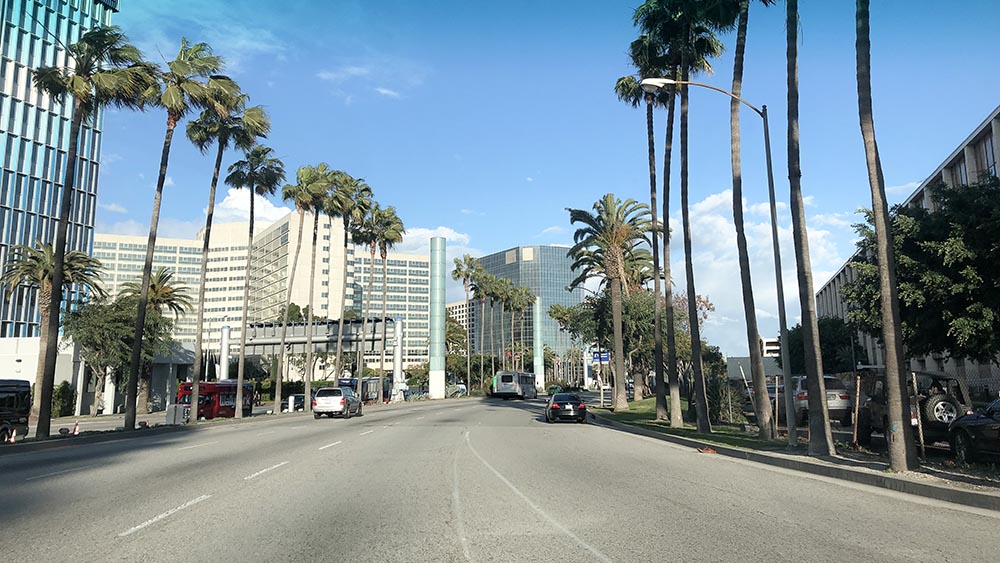In a bid to help sellers know what to expect when they put on a house for sale and what buyers and renters might see in terms of competition, we have come up with this article to break down current trends in the LA housing market. We will also offer insights into how forecasts for the coming months may change how you buy, sell or rent in the area.
Los Angeles is home to around 4 million people, with its surrounding county home to 13.1 million people. It is no wonder that its housing market has been vibrant for a long time. However, the COVID-19 pandemic has left an impact on the real estate market. Hence, before you try to buy, sell, or rent in Los Angeles to professional home buyers like Inhouse Offer, know what to expect.

- Market Condition
The COVID-19 really had an adverse effect on the California real estate market generally. Although some cities manage to make it to recovery, the Los Angeles area was heavily affected. After the impact of the pandemic, which halted the market for a while, home sales experienced a rebound around June 2020. Since then the home prices & sales have been accelerating year-over-year across the Southern California housing market, and Los Angeles is no exception. In Southern California, the median home price has increased by double digits for eight consecutive months. Homes on the market are selling in a heartbeat, often fetching multiple offers well above what the sellers are asking. Therefore, if you are thinking of investing in Los Angeles real estate, you should consider the trends.
- Rental Vacancies
There has been a 2.5% increase in the rental vacancies in Los Angeles on a year-over-year basis. It has resulted in the rental rates dropping by 0.4%. This is probably a short-term development because studies have shown that the vacancies have increased due to people working remotely. It is now looking as if LA will open up shortly, and the emptiness will drop as people return to their offices.
- Inventory
The report from the LA metro area says that it has 2.2 months worth of housing inventory. This is above the national average of 1.6 months. Shortly, there should be an increase in the number of single-family housing permits and multi-family housing permits. It will help to ease the inventory shortage.
- High Unemployment Rate
The pandemic made the unemployment rate high across the country, and Los Angeles was one of the hardest-hit places. April 2020 saw the peak of the unemployment rate as it hit a staggering 17.9% which was higher than the national average, which at the time was 13.3%. Of course, there has been a recovery, and as of March 2021, it drops to 9.9%, still higher than the national average of 5.6%.
However, the city is planning to enter its second phase of the reopening plan. And it is very likely that many jobs will become open, and the unemployment rate will begin to decrease.

- Average home price
Countrywide inventory storage has caused home prices to rise, and Los Angeles was not left out of this trend. 2020 saw the prices of homes move up to 14.2% more than last year in Los Angeles. The average cost of a house in LA is now $810,000, which is more than twice the present-day national average of $330,000.
- Median rent price
With home prices on the rise, the rent prices of the house are expected to be rising too. However, the rent prices in Los Angeles have decreased by 0.4%. This peculiarity is probably due to the pandemic causing many renters to leave the high-cost areas and work remotely, and the landlords have dropped rent prices in other to fill the vacancies.



